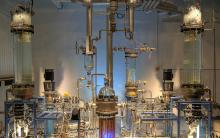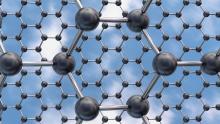Reactor design to make nuclear waste less radioactive

High-level nuclear waste includes long-lived and high-radiotoxic radionuclides. An EU-funded project helps to solve this issue by carrying out the research needed to build a facility that is capable of splitting material with long radioactive half-lives into radionuclide products with 1 000 times shorter half-lives.





